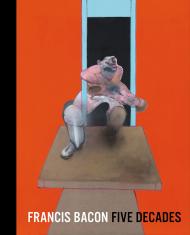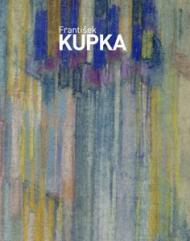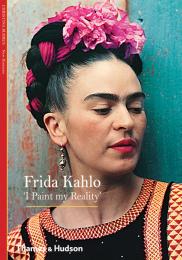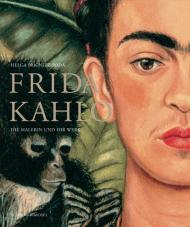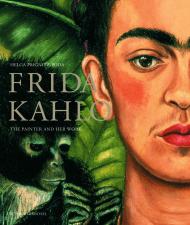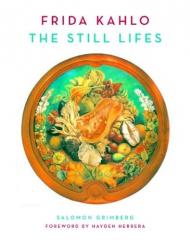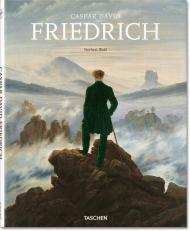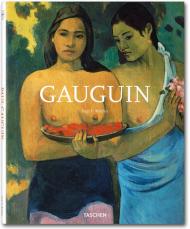Frida Kahlo - painter of pictures expressing the burdens that weighed upon her soul
The Mexican artist Frida Kahlo (1907-1954) is one of the most important 20th-century painters, and one of the few Latin American artists to have achieved a global reputation. In 1983 her work was declared the property of the Mexican state.
Kahlo was one of the daughters of an immigrant German photographer and a Mexican woman of Indian origin. Her life and work were more inextricably interwoven than in almost any other artist's case. Two events in her life were of crucial importance. When she was eighteen, a bus accident put her in hospital for a year with a smashed spinal column and fractured pelvis. It was in her sick bed that she first started to paint. Then, aged twenty-one, she married the world-famous Mexican mural artist Diego Rivera. She was to suffer the effects of the accident her whole life long, and was particularly pained by her inability to have children.
Kahlo's arresting pictures, most of them small format self-portraits, express the burdens that weighed upon her soul: her unbearable physical pain, the grief that Rivera's occasional affairs prompted, the sorrow her childlessness caused her, her homesickness when living abroad and her longing to feel that she had put down roots, profound loneliness. But they also declare her passionate love for her husband, her pronounced sensuousness, and her unwavering survival instinct.
About the Series:
Every book in TASCHEN's Basic Art Series features:
•a detailed chronological summary of the artist's life and work, covering the cultural and historical importance of the artist
•approximately 100 color illustrations with explanatory captions
•a concise biography
The author:
Andrea Kettenmann (born in 1959) studied art history in Gießen, Göttingen and Heidelberg before joining the art history department of the University of Hamburg. In 1986 she visited Mexico on a fellowship, and now lives there, working as a freelance art historian. She has now worked on a number of exhibitions and catalogues, including the catalogue for the retrospective on Diego Rivera, Frida Kahlo’s husband, in Detroit.



